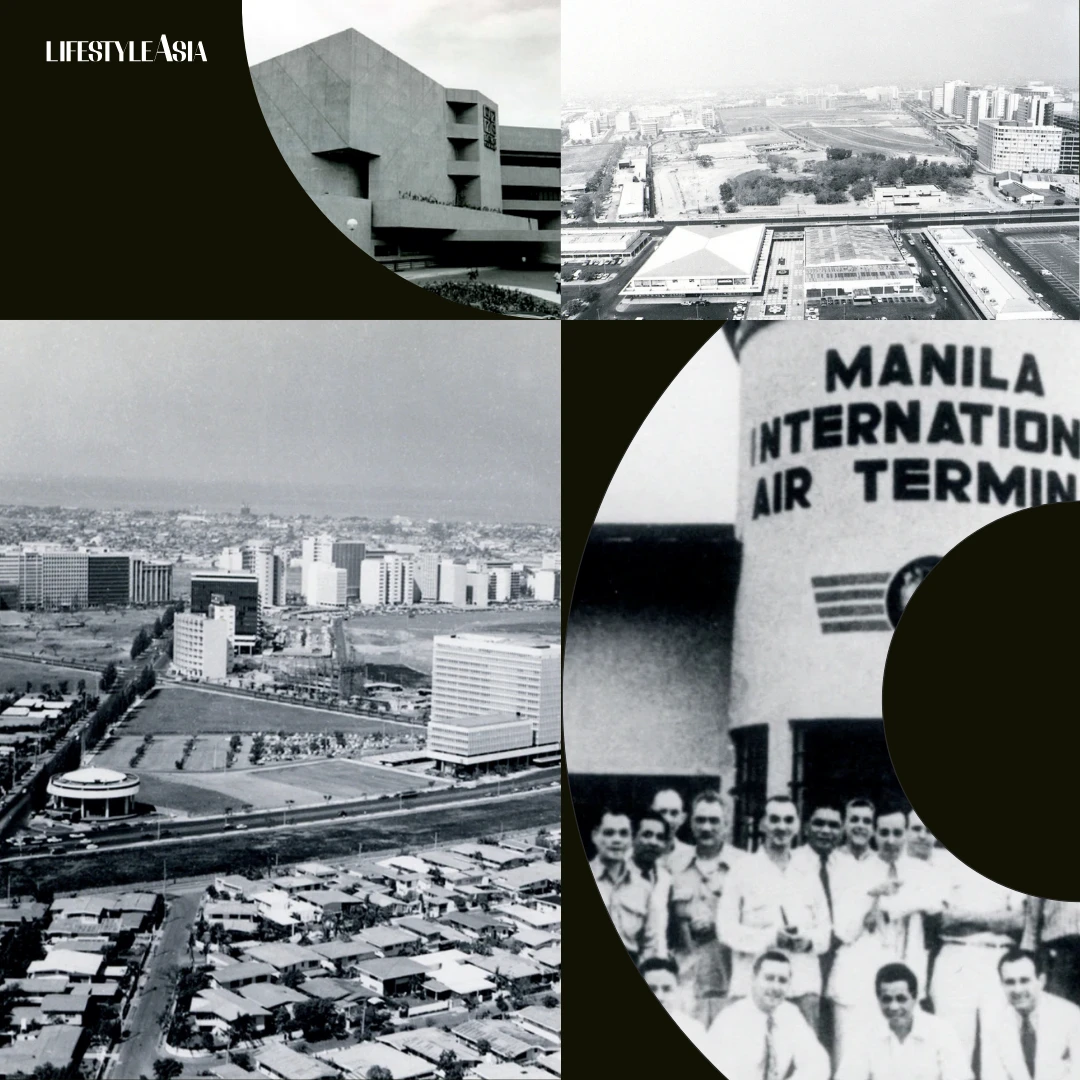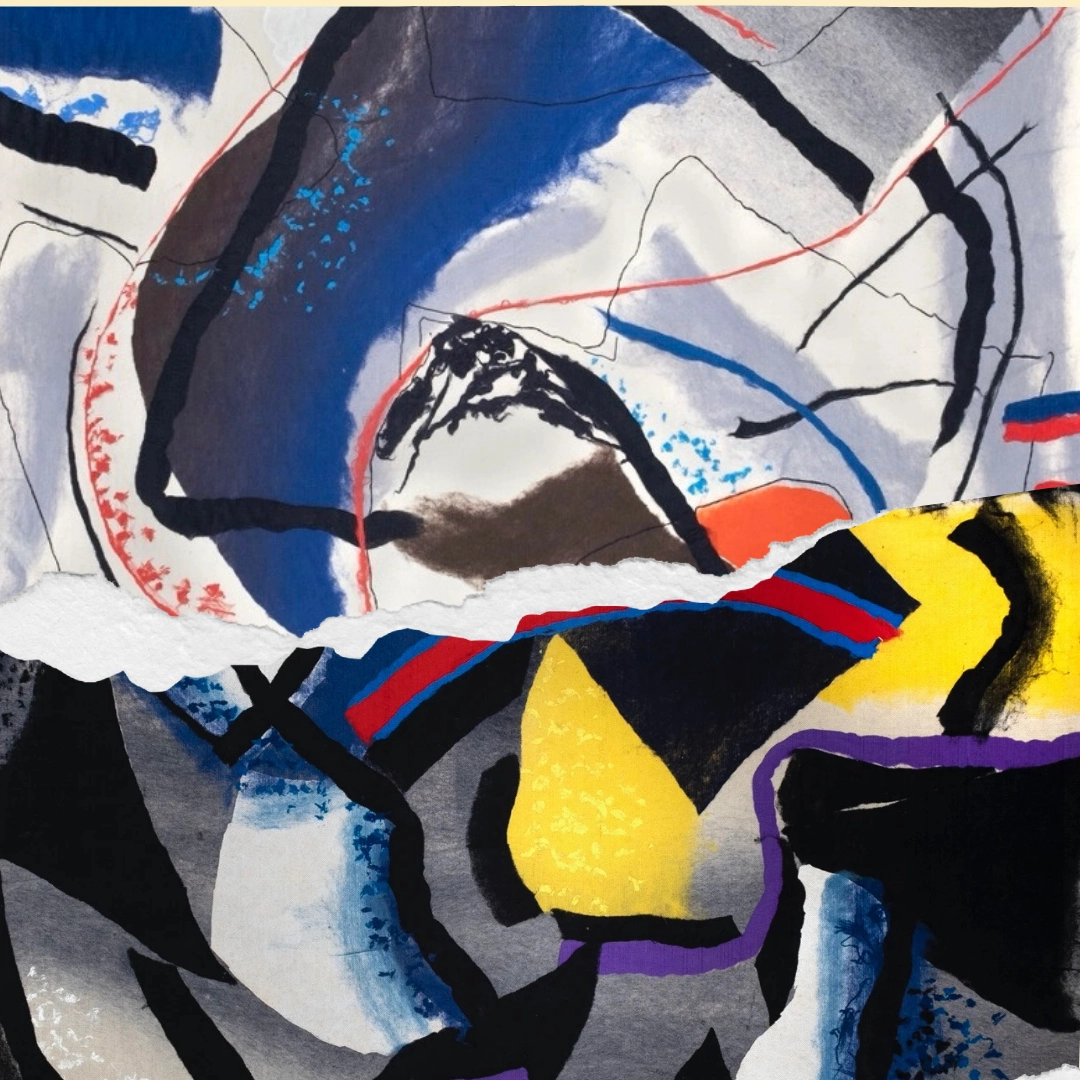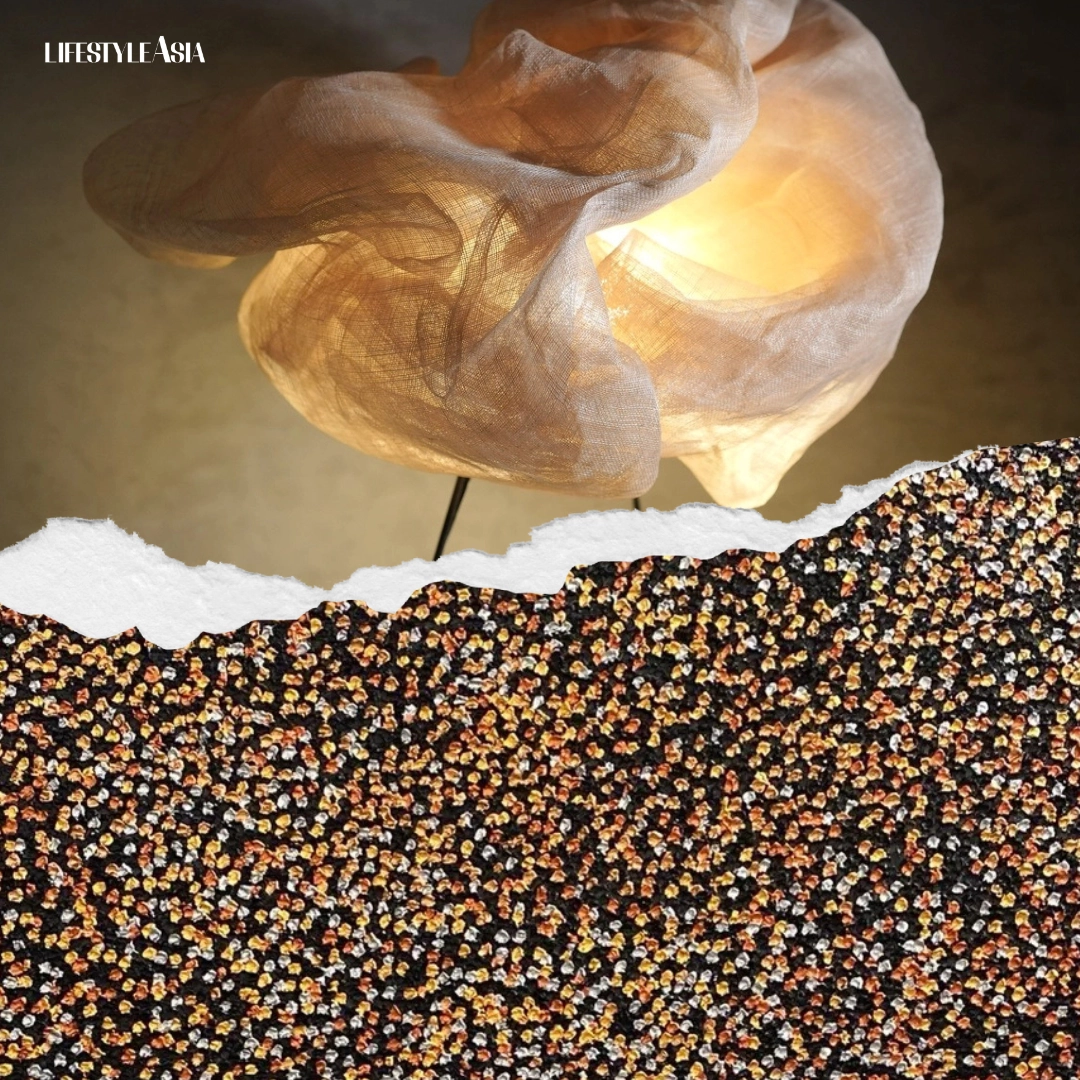In our May 2011 issue, writer Alex Gregorio explains the history of Makati City, from quiet grasslands to a top commercial destination in the metropolis.
Few people remember Makati as the location of the Philippines’ first commercial airport, which today is the architecturally preserved Nielson Tower housing the Filipinas Heritage Library. What is now Ayala Avenue and Paseo de Roxas were once runways that saw public planes lift off to maiden domestic flights to Baguio and Leyte and international flights to Shanghai and the US West Coast.
Further into the past, the lively city of Makati of today was once only a marginally productive expanse of swampland, overseen by Franciscan and Jesuit missionaries from their headquarters in Sta. Ana. Long before the skyscrapers, these groups of priests built in Makati two of the oldest churches in Metro Manila.
READ ALSO: Last Call at the Fort Strip
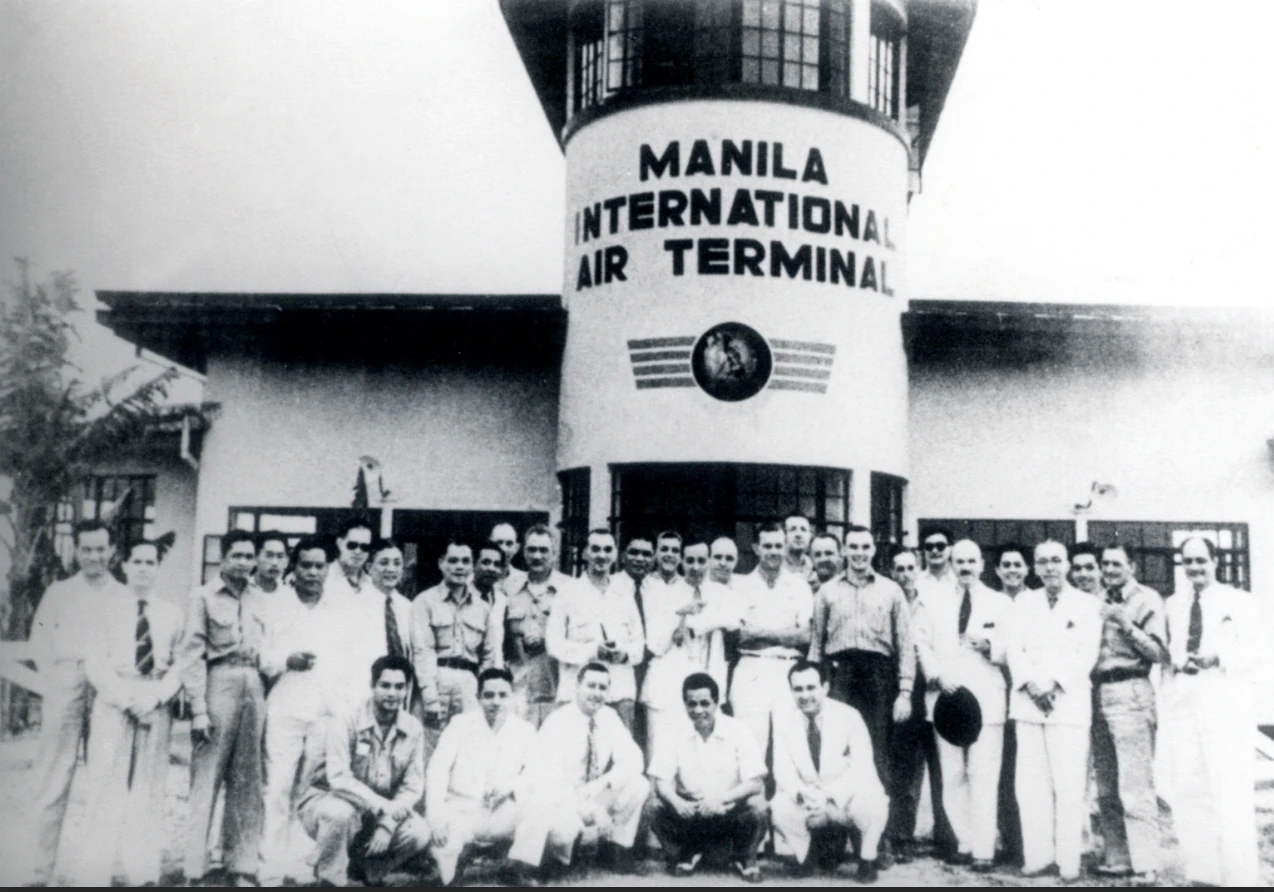
One of these churches, constructed in 1620 on top of the district’s “tallest hill” in Poblacion, still survives today as the Saints Peter and Paul Church, a stone’s throw away from the nightclubs, bars, and Korean grocers that now dot Burgos Street. This church is on a road perpendicular to Burgos, but is obscured from traffic by its sloping street. The other church, built in 1629, now forms part of the protected ruin in Guadalupe, near Rockwell.
How Makati Got Its Name
How Makati got its name is another historical curiosity. One account says it came from a Malay custom of naming a place after its most abundant plant. The area back then teemed with carabao grass, which was said to be itchy or makati when one brushed against it. People would simply refer to the area as makati.
The other story says Spanish conquistador Miguel Lopez de Legaspi made a place-naming mistake. Arriving in 1571, Legaspi asked the local residents for the name of their town. The locals could not understand what he was asking for (or maybe they had a premonition of what he ultimately wanted), so they simply pointed to the receding tide by the Pasig River, saying it was kumakati na or already ebbing.
However way the city got its name, one thing is for sure—Makati’s transformation from swampland into one of the country’s top financial and cultural districts is one of the most interesting curiosities about it.
Since the time the Jesuits created the first churches and town plazas in the 1600s, the property changed hands over the centuries from one landowner to the next. Eventually, Jose Bonifacio Roxas, son of Domingo Roxas, acquired it. Their family, who married into the Ayala and Zobel families, was one of the co-founders of Casa Roxas, which evolved over 175 years into today’s Ayala Corporation.
In the mid-1800s, José Bonifacio Roxas purchased the property for ₱52,000. This seemingly unexceptional investment began to rise in the next hundred years. A number of memorable enterprises slowly inspired the making of one of the most modern Philippine cities.
READ ALSO: Rozio Zobel and the World She Is Cultivating Back Home
Urban Center Rising
One of Ayala Corporation’s top officers in the 1950s, Col. Joseph McMicking, husband of Ayala Foundation founder Mercedes Zobel-McMicking, created the blueprint for what then seemed a daring if not improbably marketing proposition: bring the wealthiest in Manila out of Manila and into a city of the future that would house top multinational companies, new hotels, and gated residential villages.
McMicking, aided by another retired colonel, Jaime Velasquez, had an adventurous spirit. Together with the Zobels and other Ayala directors, the McMicking team correctly envisioned that what many considered to be marginally useful land would in only a few decades become one of the top commercial destinations in the metropolis.
The development of the 900-hectare property began with the selling of lots in Forbes Park, which soon paved the way for the creation of other gated subdivisions such as Dasmariñas, Bel-Air, San Lorenzo, Urdaneta, and Magallanes. Then came the development of the first Ayala shopping complex, which was called the Makati Commercial Center. It was the penultimate phase in the 25-year master development plan of McMicking and the Ayalas.
Not long after, the Rizal Theater was built in 1962 along with rows of restaurants, theater houses, drug stores, grocers, and parks. The center quickly became popular, and after only 14 years since it began, over 50 new buildings were created within the area.
READ ALSO: The Art of Place with Paloma Urquijo Zobel de Ayala
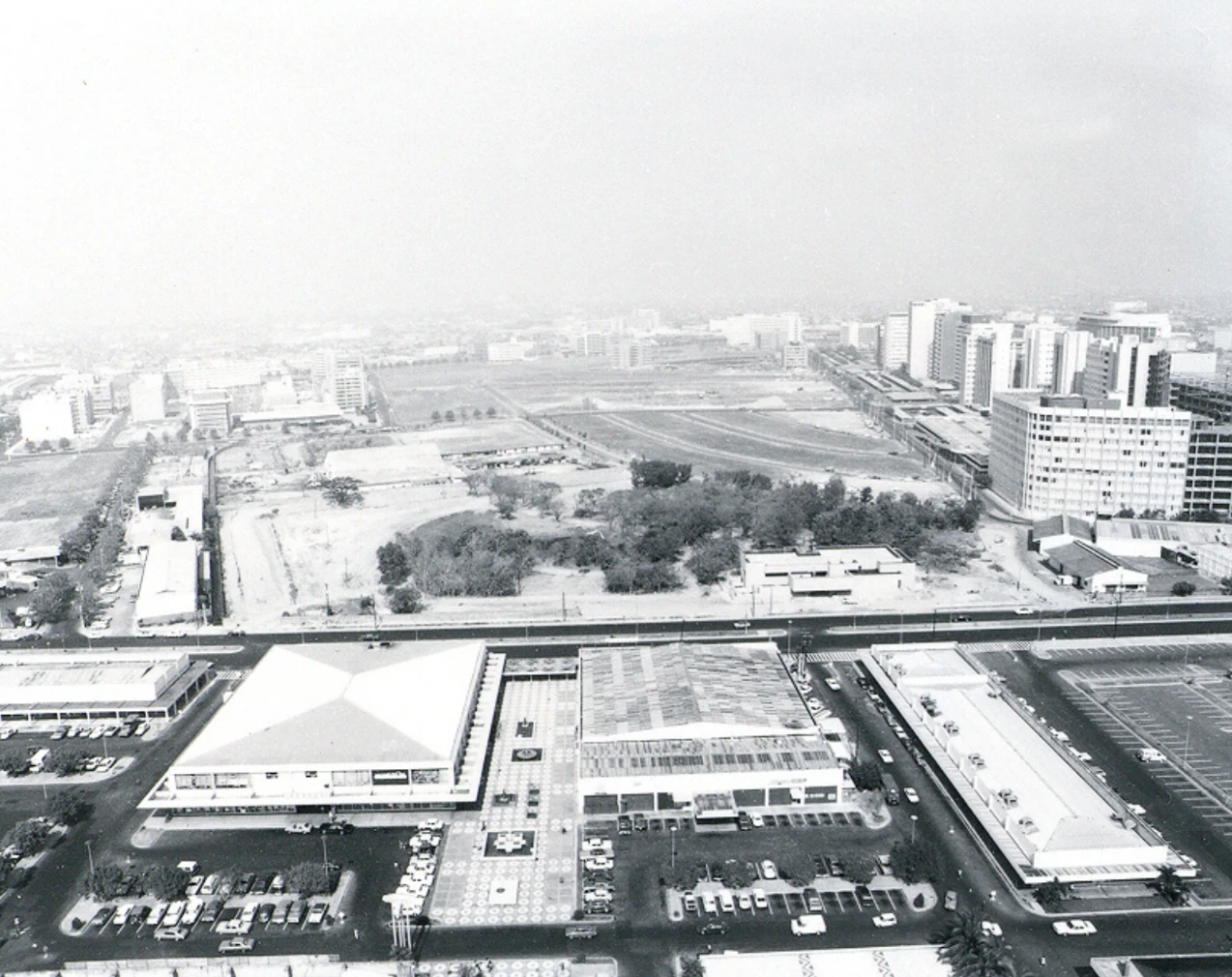
City By Design
This new center rivaled Araneta Center in Cubao and Escolta in Manila, considered at the time the most sophisticated shopping strip in the city. The success of the venture inspired the development of other shopping centers, they say, and soon, new malls and department stores sprouted all over Metro Manila, including Greenhills and the nearby Magallanes Commercial Center.
Notably, the people behind the development saw the need to instill a greater sense of art and culture in the community. They built the first Ayala Museum building in 1974, and commissioned would-be National Artists such as Napoleon Abueva and Arturo Luz to create the first modern public sculptures in the city.
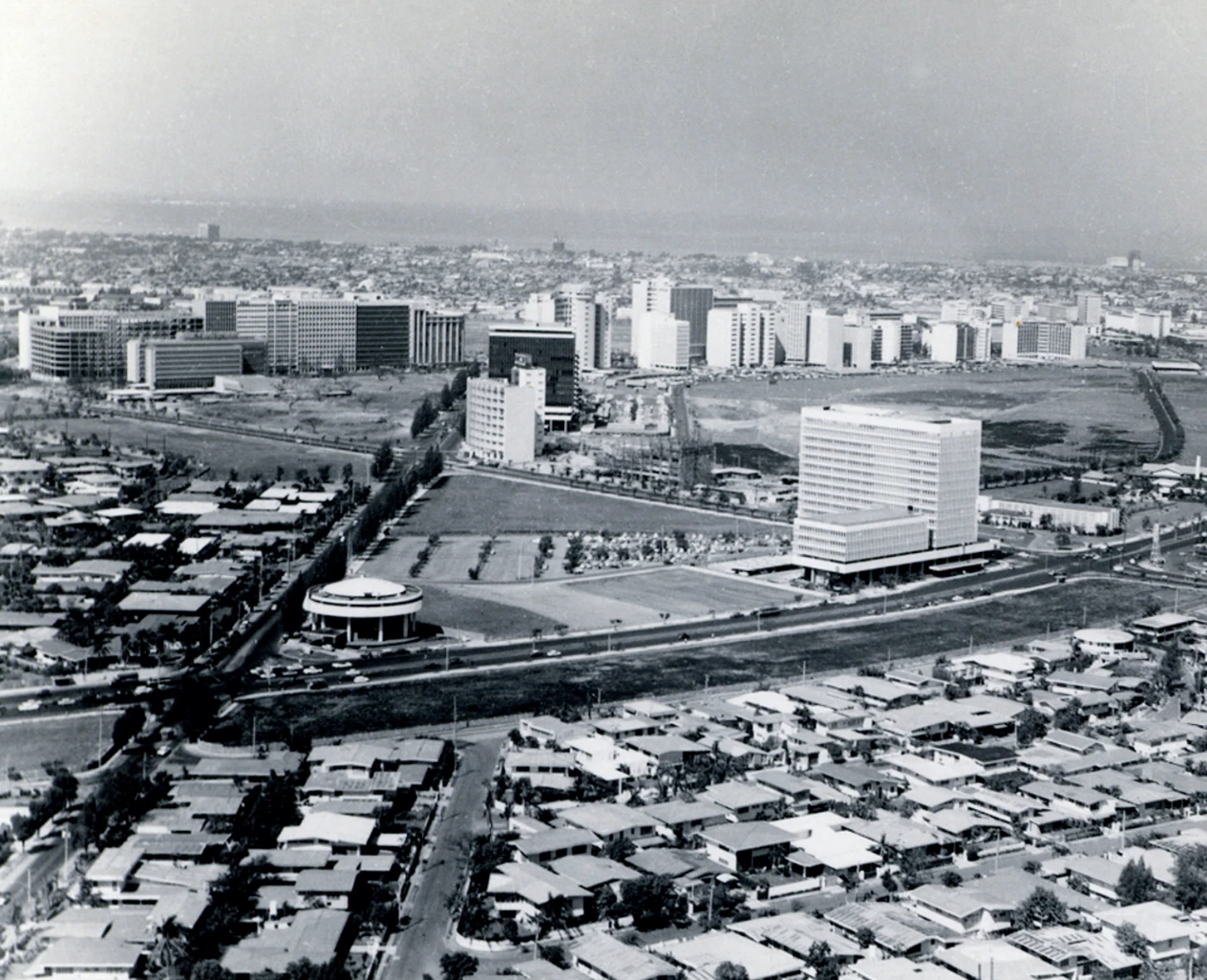
“An entirely different sort of reputation is now growing up about Makati,” McMicking declared back in 1957 in a speech. “The process that caused this change was long and complicated,” he said, “I just want to make one point clear: It did not happen by chance. It had to be planned.”
Surely the man had a plan. All their efforts at developing and building the center paid off handsomely. Today, Makati City is mostly associated with the Ayala blueprint, and it continues to set the pace in commercial development all over the country.
Photographs courtesy of the Filipinas Heritage Library
This article was originally published in our May 2011 issue under the title “The Tale of a City,” written by Alex Gregorio.
Alex Gregorio is a publishing consultant and one of the founding members of High Chair, a nonprofit publication that aims to promote poetry in the Philippines.
NOTE: Since publication, the Nielson Tower no longer houses the Filipinas Heritage Library, but is now the home of the restaurant Blackbird at the Nielson Tower.
